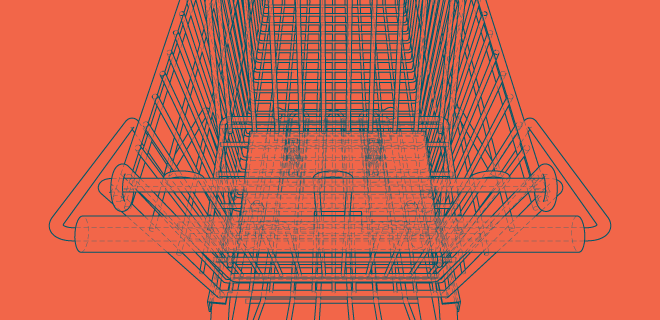
As we loom closer to a recession (and budget reset time), now is the time to consider how the out-of-home (OOH) market will impact 2023’s ad trends.
This time last year, advertisers started taking a closer look at OOH. While OOH used to make up less than five percent of clients’ media plans, it now eats up anywhere from 20 to 30 percent.
With a recession imminent, advertisers are confident that OOH will weather the storm, especially since OOH spending was up 38 percent from 2020-2021. For the first time, OOH now has the opportunity to work alongside data measurement tools to create even more effective advertising campaigns based on consumer buying behavior.
OOH will likely be at the forefront of marketing plans and strategy based on ad spend trends over the past two years. Why?
Because it now integrates innovative technologies that make it easier than ever to track marketing performance and see its return on investment (ROI).
Prediction: Just like Vinyl, OOH is Back
The tried and true OOH format is only improving, especially due to innovative new measurement tools offering extremely detailed consumer data points never before provided for the out-of-home format. TAB OOH Ratings, a new data measurement tool, Geolocation targeting tools, and new tech that can assist with planning and buying systems all help elevate a data-driven OOH campaign.
There is more desire from advertisers and marketers to find ways of engaging customers that are less pushy and more organic. There’s an agreed-upon goal to create campaigns that feel like the customer is discovering the brand instead of the brand forcing campaigns down consumers’ throats.
OOH provides brands an opportunity to have an unfaltering real-world presence and offers opportunities to creatively reach target audiences through billboards, transit ads, and street furniture.
The current approach to digital advertising is too aggressive and doesn’t encourage trust between consumers and brands. Trust is needed to create long-term relationships and loyalty from the target audience.
OOH provides brands an opportunity to have an unfaltering real-world presence and offers opportunities to creatively reach target audiences through billboards, transit ads, and street furniture. Data-driven OOH allows advertisers to plan campaigns more effectively and quantify the specific ROI the campaign delivered.
How OOH Can Elevate AdSpend, Even During a Recession
The state of the economy, and the world, is unstable. From global unrest to the recession to climate change, advertisers must be thoughtful about reaching consumers in a way that’s relevant to their day-to-day lives.
Smart advertisers understand that in order to get ahead, campaigns must resonate with audiences organically to bring in results. OOH delivers in the ROI category. For every $1 spent on OOH advertising, there’s $2.80 in sales result.
The OOH format is the future — just like vinyl, the out-of-home format is being embraced as the new old-school way to reach consumers, that’s trendy and profitable.
The best way to spend dollars in a recessionary market is through investing in practices that reach consumers in a cost-effective way and encourage long-term loyalty and trust. Investing in OOH approaches can enhance ad spend, even during a recession because OOH significantly lowers the cost of advertising yet still generates profitable consumer data and conversion rates.
OOH also consistently maintained the fastest growth rate throughout Q3 of 2022 and saw top industries using the OOH format, including pharmaceuticals, entertainment, media, and technology. Regardless of industry, OOH is being used across a variety of verticals, which highlights its versatility and the ability to customize for any industry.
The OOH format is the future — just like vinyl, the out-of-home format is being embraced as the new old-school way to reach consumers, that’s trendy and profitable.
In 2023, OOH is expected to stay hot because of its ability to engage with customers. A recent study around OOH noted that 70 percent of consumers say that OOH is very, or somewhat likely to influence a purchase decision.
OOH advertising has always been highly effective. Now that we have the data to prove that, budgets are flocking to OOH more than ever. We expect this trend to continue as OOH takes a larger and larger portion of marketing budgets.